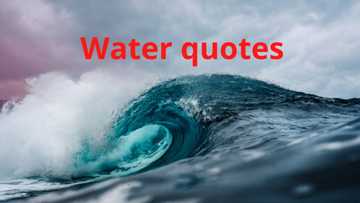Four sources of water supply
We all know that water is essential for our existence, but do you actually know what four sources of water supply there are? If not, then let us tell you all about them! Join us and learn more about the world today!
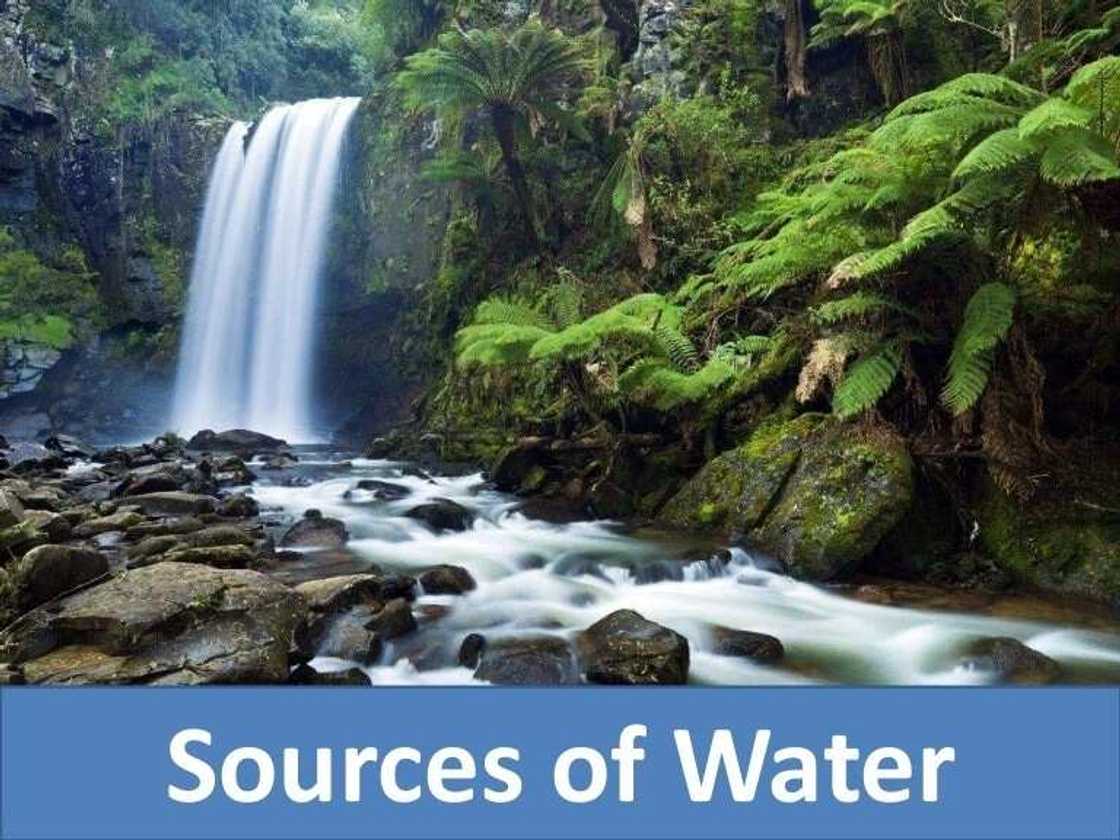
Photo: slideshare.net
Water supply and water cycle: what is the connection?
Before talking about sources of water supply, it is important to talk about the water cycle. You can say that it all begins with the water particles that rise off the ocean waters. These droplets are gathered by clouds until the saturation point is reached (meaning that the cloud cannot hold any more drops and needs to release its burden).
When clouds release the droplets, those turn into rain/snow/hail/etc. and fall towards the earth, entering streams, rivers and lakes, as well as being absorbed by the ground. Then, the water from the streams, rivers and lakes eventually gets back to the ocean, and the process begins anew.
At this point, we have mentioned all four sources of water supply. Were you able to find them all? If not, then let us help you out.
What are the sources of water supply?
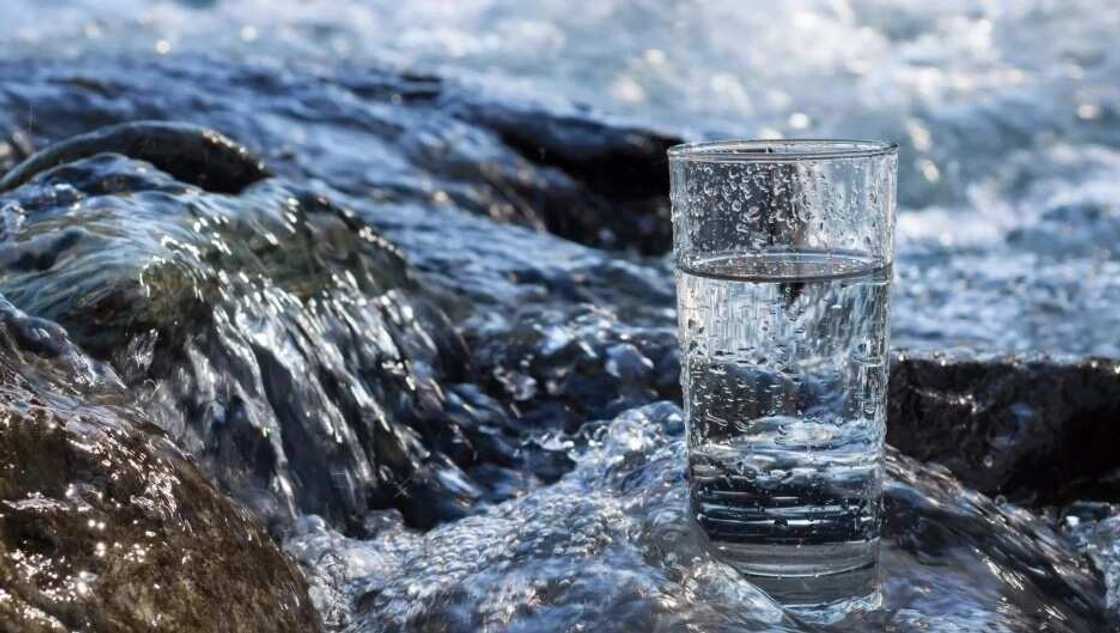
Photo: culturacientifica.com
If you have not found the sources of water supply in the previous section, let us make it clear. Here is the sources of water list, containing four major water sources:
1. Streams, lakes and rivers
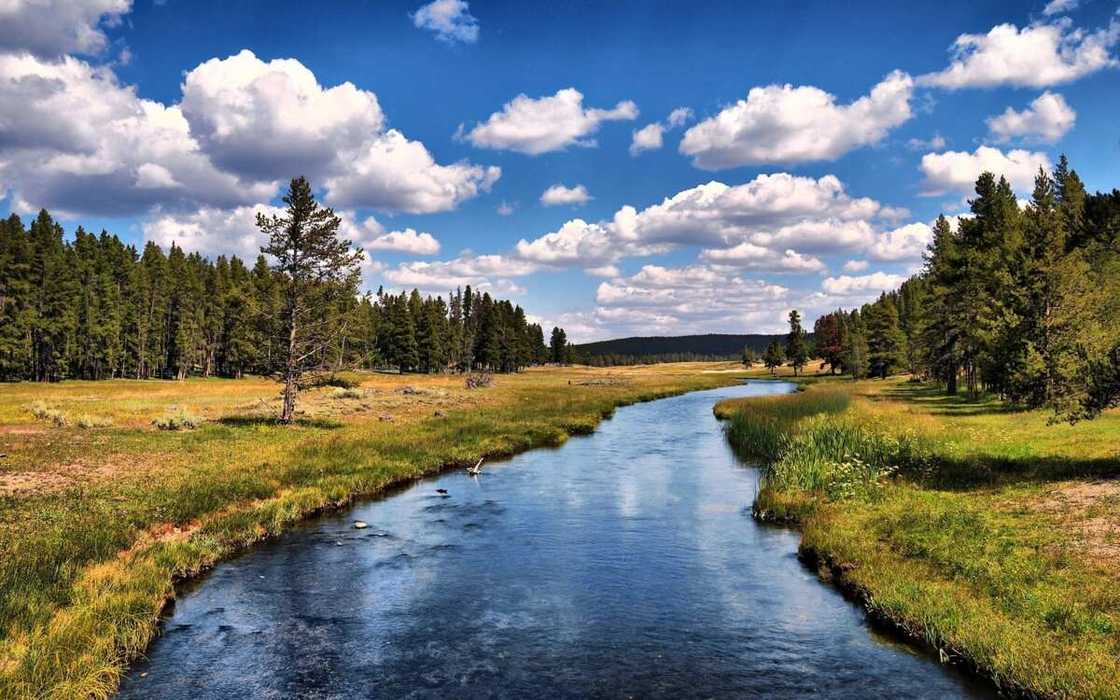
Photo: HDWallSource.com
Most countries with access to streams, lakes and rivers use their water for human consumption. This source of water supply is usually regularly replenished by various weather events. The water taken from these bodies of water is rarely consumed without prior treatment.
The treatment includes pumping water through water treatment plants, where it is filtered and purified with the help of special chemicals. Purified water then travels through the water pipes all across the city/country/area for use at home.
2. Groundwater
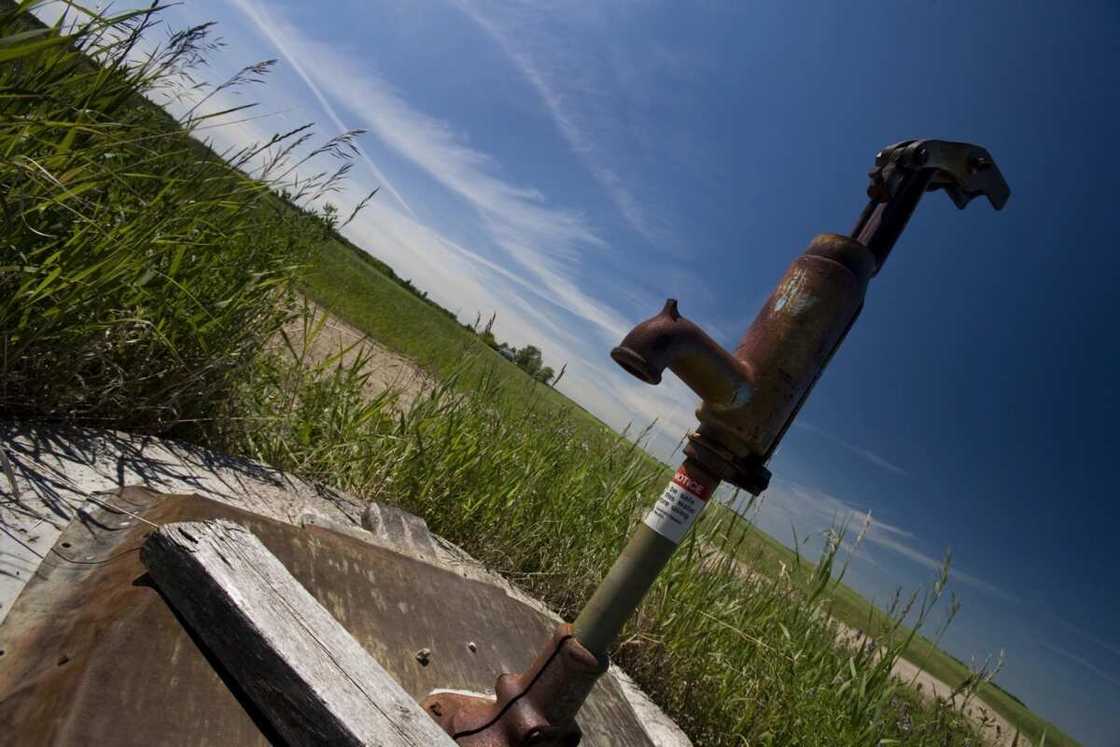
Photo: teachers.egfi-k12.org
READ ALSO: What are four sources of freshwater on the Earth?
This source of water can be found underground in pockets beneath earth’s surface. Most of the time, these pockets exist between two layers of rock. Those who do not have access to city water supply can use this water with the help of wells.
Groundwater is replenished by the water cycle, and, based on the country’s climate, it is relatively easy to predict the pattern of replenishment. When a drought strikes, the levels of groundwater can seriously suffer from this. For this reason, many countries and municipalities are closely monitoring the water tables to make sure that water is available to all residents.
3. Desalinated water
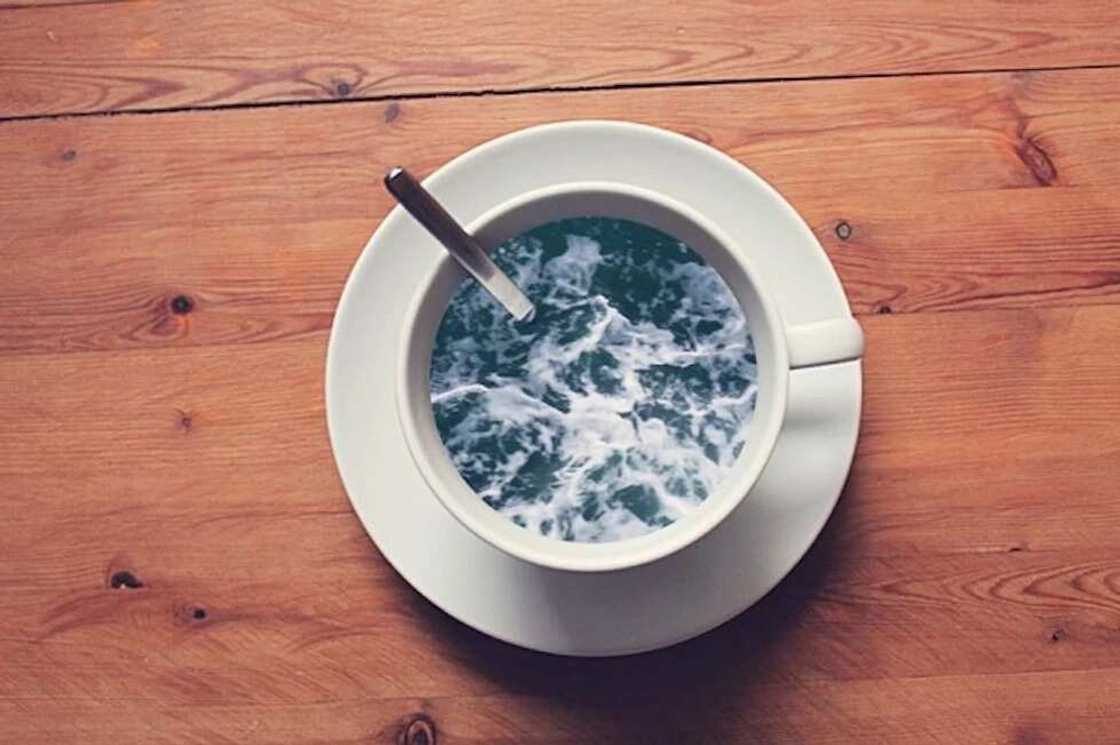
Photo: ilpost.it
As we have mentioned previously, the water cycle begins and ends with the ocean, even though it is unfit for human consumption in its untreated state, scientists have come up with a way to change that and turn it into another source of water supply. Through the process of desalination, the seawater is stripped from all the salt and additional minerals and turned into water that people can use at home.
Many countries with limited access to other forms of water supply heavily rely on this source. That said, this water source is not cheap. Desalination plants require a lot of electricity to process the water, as it needs extensive treatment before it becomes fit for consumption. Thus, while it is one of the major sources of water, it is by far the most expensive one.
4. Harvested rainwater
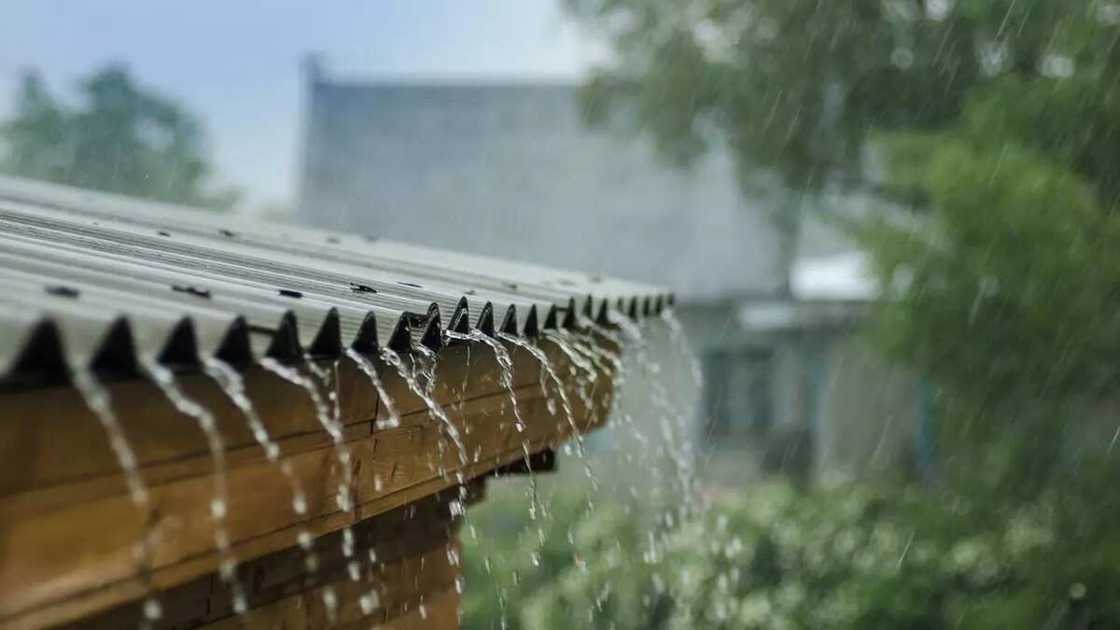
Photo: chemistryworld.com
You might not realise this, but even rain itself is a source of water supply. When harvested, it can become a source of non-potable (non-drinking) water that can be used to water crops and lawns or even in daily life if properly treated.
Some countries heavily rely on this source of water supply, especially if other sources are unavailable to them. Rainwater harvesting is also utilised to cut the costs of using other sources. For instance, why waste perfectly good groundwater when you can collect the rain and use it to water your crops and lawn during dry seasons?
Over the years, people have come up with many other ways of getting water, such as, fog catching or melting of glaciers, but none of them is yet at the point of becoming one of the major sources of water supply. Thus, water from rivers, lakes and streams, groundwater, desalination and rainwater harvesting are four main sources of water you should know about.
READ ALSO: Irrigation farming in Nigeria
Source: Legit.ng




